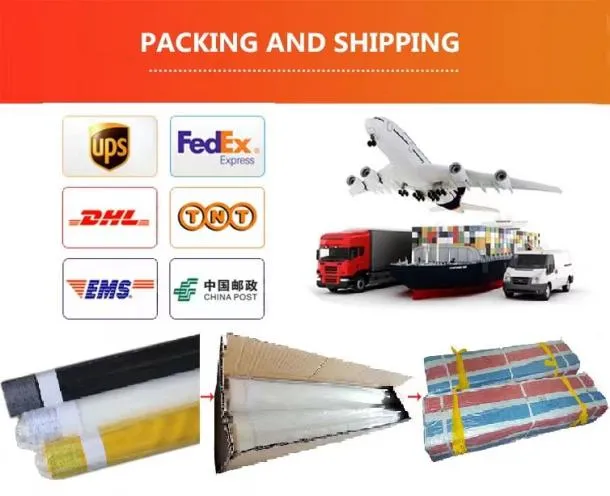-
 Afrikaans
Afrikaans -
 Albanian
Albanian -
 Amharic
Amharic -
 Arabic
Arabic -
 Armenian
Armenian -
 Azerbaijani
Azerbaijani -
 Basque
Basque -
 Belarusian
Belarusian -
 Bengali
Bengali -
 Bosnian
Bosnian -
 Bulgarian
Bulgarian -
 Catalan
Catalan -
 Cebuano
Cebuano -
 China
China -
 Corsican
Corsican -
 Croatian
Croatian -
 Czech
Czech -
 Danish
Danish -
 Dutch
Dutch -
 English
English -
 Esperanto
Esperanto -
 Estonian
Estonian -
 Finnish
Finnish -
 French
French -
 Frisian
Frisian -
 Galician
Galician -
 Georgian
Georgian -
 German
German -
 Greek
Greek -
 Gujarati
Gujarati -
 Haitian Creole
Haitian Creole -
 hausa
hausa -
 hawaiian
hawaiian -
 Hebrew
Hebrew -
 Hindi
Hindi -
 Miao
Miao -
 Hungarian
Hungarian -
 Icelandic
Icelandic -
 igbo
igbo -
 Indonesian
Indonesian -
 irish
irish -
 Italian
Italian -
 Japanese
Japanese -
 Javanese
Javanese -
 Kannada
Kannada -
 kazakh
kazakh -
 Khmer
Khmer -
 Rwandese
Rwandese -
 Korean
Korean -
 Kurdish
Kurdish -
 Kyrgyz
Kyrgyz -
 Lao
Lao -
 Latin
Latin -
 Latvian
Latvian -
 Lithuanian
Lithuanian -
 Luxembourgish
Luxembourgish -
 Macedonian
Macedonian -
 Malgashi
Malgashi -
 Malay
Malay -
 Malayalam
Malayalam -
 Maltese
Maltese -
 Maori
Maori -
 Marathi
Marathi -
 Mongolian
Mongolian -
 Myanmar
Myanmar -
 Nepali
Nepali -
 Norwegian
Norwegian -
 Norwegian
Norwegian -
 Occitan
Occitan -
 Pashto
Pashto -
 Persian
Persian -
 Polish
Polish -
 Portuguese
Portuguese -
 Punjabi
Punjabi -
 Romanian
Romanian -
 Russian
Russian -
 Samoan
Samoan -
 Scottish Gaelic
Scottish Gaelic -
 Serbian
Serbian -
 Sesotho
Sesotho -
 Shona
Shona -
 Sindhi
Sindhi -
 Sinhala
Sinhala -
 Slovak
Slovak -
 Slovenian
Slovenian -
 Somali
Somali -
 Spanish
Spanish -
 Sundanese
Sundanese -
 Swahili
Swahili -
 Swedish
Swedish -
 Tagalog
Tagalog -
 Tajik
Tajik -
 Tamil
Tamil -
 Tatar
Tatar -
 Telugu
Telugu -
 Thai
Thai -
 Turkish
Turkish -
 Turkmen
Turkmen -
 Ukrainian
Ukrainian -
 Urdu
Urdu -
 Uighur
Uighur -
 Uzbek
Uzbek -
 Vietnamese
Vietnamese -
 Welsh
Welsh -
 Bantu
Bantu -
 Yiddish
Yiddish -
 Yoruba
Yoruba -
 Zulu
Zulu
Exploring Innovative Techniques for Effective Rubble Stabilization and Hazard Mitigation in Construction Sites
The Importance and Benefits of Rubble Netting in Construction
Rubble netting, commonly referred to as stone netting or rock netting, is a construction technique primarily utilized for erosion control, rockfall protection, and slope stabilization. This method involves using a mesh-like system to secure loose stones and boulders, preventing them from shifting or sliding, which could lead to catastrophic landslides and road blockages. In recent years, the importance of rubble netting has gained recognition, especially in regions prone to geological hazards.
One of the most significant advantages of rubble netting is its ability to enhance safety. In mountainous or hilly terrains, loose rocks can easily become detached due to natural wear, weather conditions, or seismic activity. When these rocks fall, they pose a significant threat to infrastructure, vehicles, and human life. Implementing rubble netting systems effectively mitigates this risk by stabilizing the slopes and holding the rocks in place. This is particularly vital for highways, railways, and pedestrian pathways located near steep cliffs or rocky faces.
Moreover, rubble netting plays an essential role in environmental conservation
. Erosion can lead to the depletion of soil and the degradation of natural habitats. By employing rubble netting to secure slopes and prevent soil displacement, we can protect local flora and fauna and preserve biodiversity. This approach also helps maintain water quality in nearby streams and rivers by reducing sedimentation caused by erosion.rubble netting

The construction of rubble netting systems is relatively straightforward and cost-effective compared to other engineering solutions. The materials used, typically wire mesh, are durable, lightweight, and capable of withstanding harsh environmental conditions. This makes installation less labor-intensive, reducing overall expenses. Additionally, rubble netting can be used in various applications, from securing small hillsides to large-scale projects such as entire mountain slopes.
There are several types of rubble netting systems available, each designed for specific conditions and requirements. For instance, high-tensile strength mesh is often implemented in areas where larger rocks are present and require more robust stabilization. On the other hand, lighter mesh options are ideal for softer soils and smaller debris. Ultimately, choosing the appropriate type of rubble netting is crucial for achieving optimal results in erosion control and slope stability.
In recent developments within the industry, engineers and environmentalists have collaborated to innovate more sustainable rubble netting solutions. These advancements include the use of eco-friendly materials and designs that incorporate vegetation alongside the netting. By allowing plants to grow through the mesh, the stability of the slope increases, while also promoting local biodiversity and improving the aesthetics of the environment. Such green solutions not only serve their purpose effectively but also align with modern sustainability goals.
In conclusion, rubble netting is a vital technique in the construction and civil engineering sectors, significantly contributing to safety, environmental conservation, and cost efficiency. By stabilizing slopes and securing loose rocks, we can protect infrastructure from potential geological disasters while also preserving the natural landscape. As technology continues to evolve, we are likely to see even more innovative and sustainable applications of rubble netting, ensuring its relevance in a world increasingly focused on harmony between development and nature. Through these efforts, we can look towards a future where safety, sustainability, and the beauty of our natural surroundings coexist.
-
Why Nylon Mesh Netting is Revolutionizing Industrial and Commercial ApplicationsNewsJun.13,2025
-
Reinventing Reliability with Construction Wire MeshNewsJun.13,2025
-
Protect Your Crops with High-Performance Agricultural Netting SolutionsNewsJun.13,2025
-
Premium Breeding Net Solutions for Modern AquariumsNewsJun.13,2025
-
Precision Filtration Solutions for Industrial and Commercial NeedsNewsJun.13,2025
-
Advanced Industrial Mesh Solutions for Every ApplicationNewsJun.13,2025











